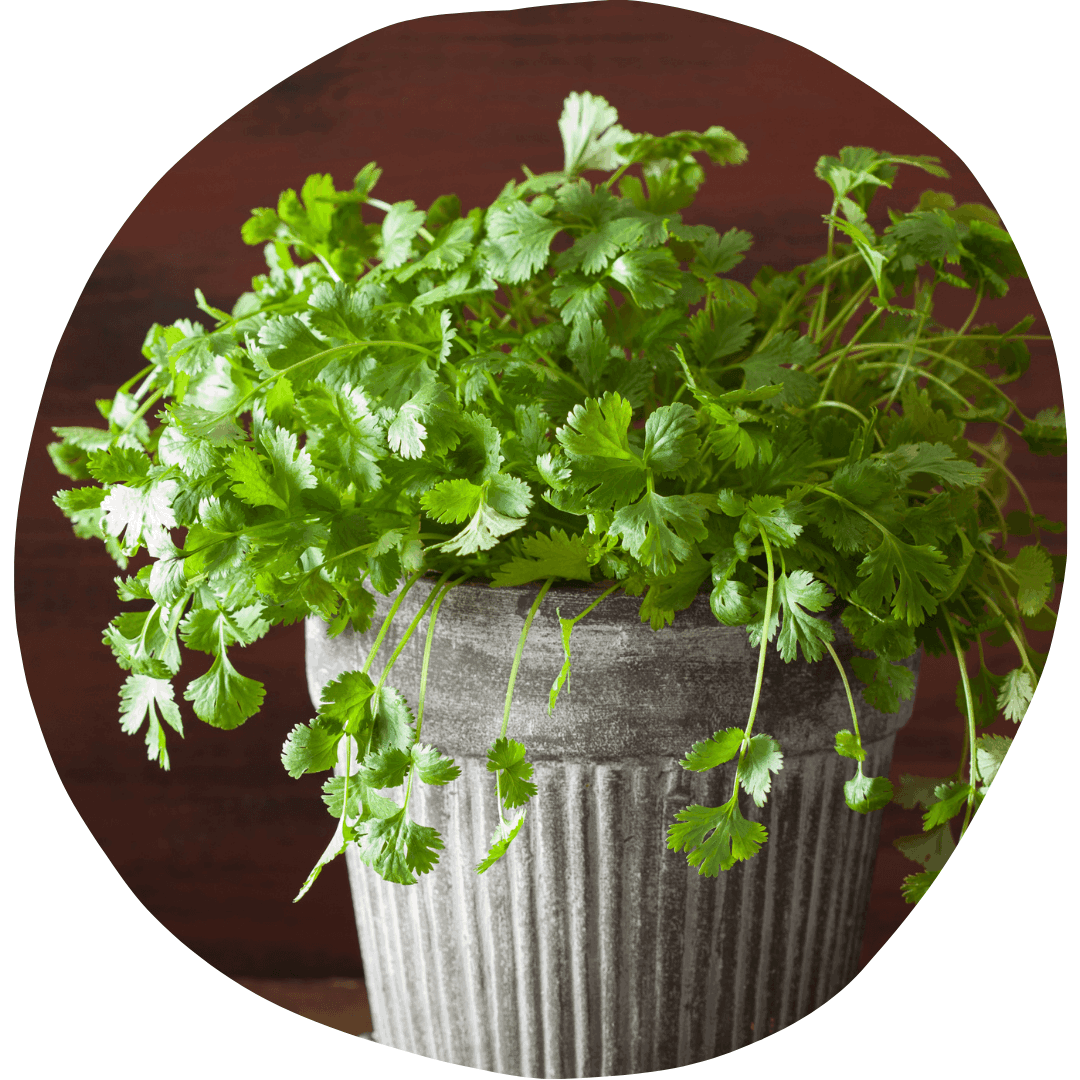How to Grow Cilantro
Growing Conditions
Cilantro and coriander are two parts of the same aromatic annual herb. Cilantro refers to the leaves of the plant, while coriander refers to the seeds. The leaves are harvested early, starting when the plant is around 6" tall. The seeds are harvested after the plant has produced a flower and gone to seed later in the season. Cilantro prefers cool weather and can grow well in full to part sun. Flower and seed production will be decreased in lower light locations.
Starting
Direct sow your cilantro seeds after the last spring frost. Plant seeds 1/2" deep and space plants 2" apart, in rows 12" apart. Cilantro should germinate within 5-10 days. Sow seeds at multiple intervals to provide continued harvests. Avoid planting your cilantro seeds too late in the spring, as their growth will be slowed by hot summer weather.
Find our full guide to seed starting here.

Care
Cilantro is a low-maintenance plant and requires little extra care once established. Thin your seedlings to 6" apart to allow for adequate airflow and leaf development. Do not overfeed or overwater. High nitrogen fertilizer may be added if needed when soil is poor. Add mulch around the base of the plants to suppress weeds and retain moisture in the soil.
Pests and Diseases
Aphids - Small green, black, or brown insects that feed on the sap of garden plants. You'll find them under leaves, at blossom tips, and in the joints of stems.
Leaf Spot/Blight - Fungal infections that cause dark spots on foliage.
Powdery Mildew - White mildew on the top surfaces of leaves, starting as small spots and growing to cover the entire leaf.
Crop rotation, garden cleaning, and proper spacing between plants are the best ways to prevent problems caused by pests and diseases. Diatomaceous earth can be used to control crawling pest species, while sticky traps will catch flying pests. Row covers and insect netting can also prevent travelling pests from landing on your crops and causing damage. Ensure good drainage in your chosen planting spot to prevent problems with fungus and rot. Contact us for more specialized pest control methods such as beneficial nematodes.
Harvest
Cilantro leaves may be harvested after the plant has grown to 6" high. Snip leaves individually near the crown and leave at least 2/3 behind to allow the plant to regrow. Leaves are best used fresh but can be kept in the fridge for several days or in the freezer. To harvest the coriander seeds, allow the plant to form a flower stock and develop seeds late in the season. Cut off the seed head and hang it to dry in a paper bag until the seeds fall from the plant. Seeds can be stored in an airtight container.

